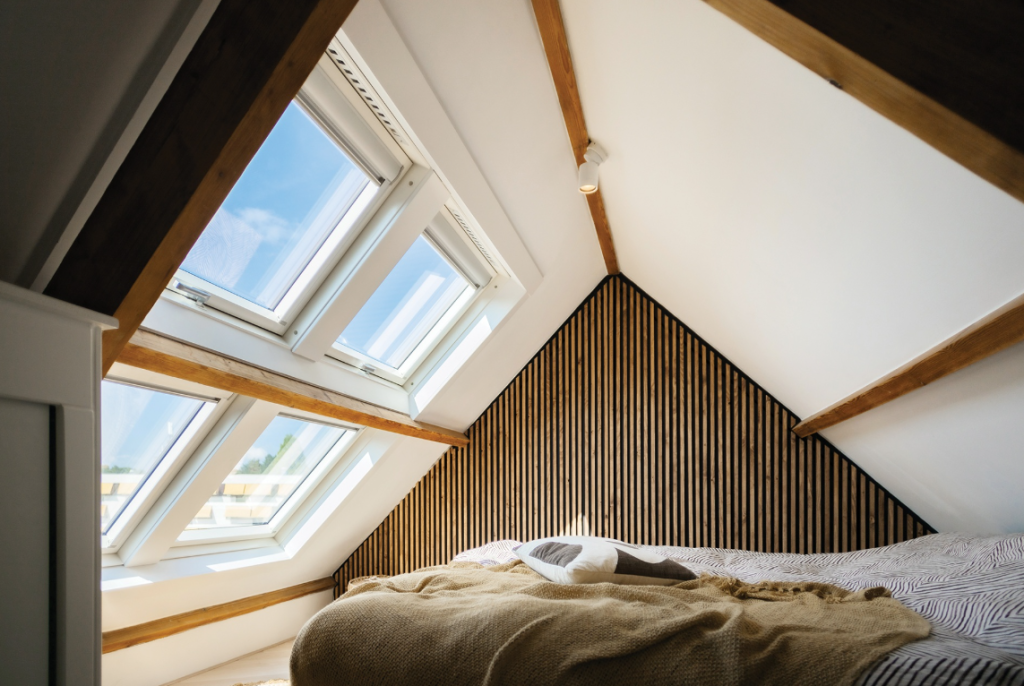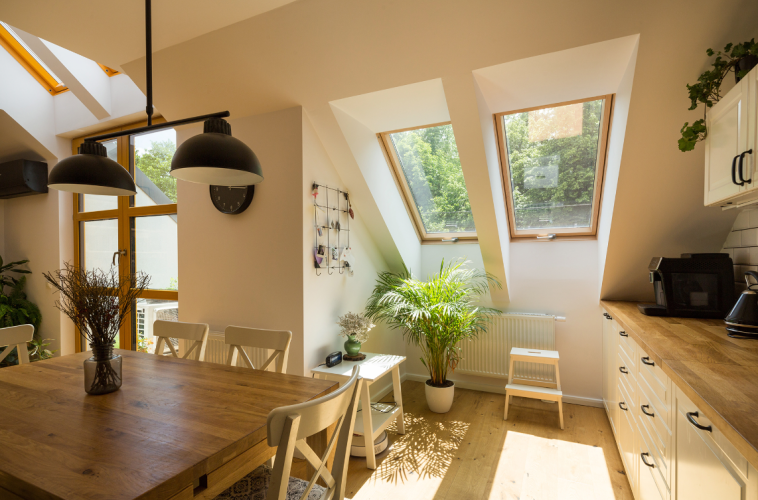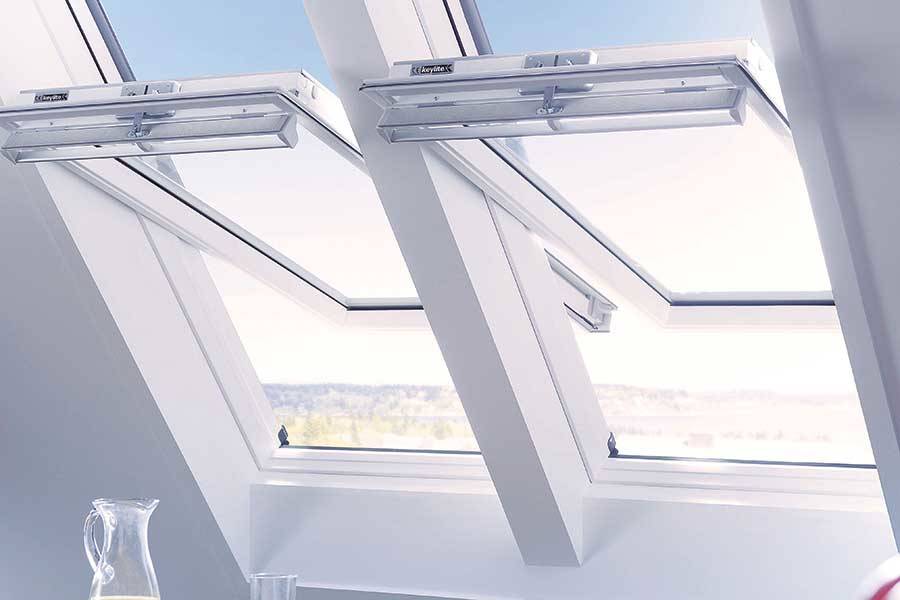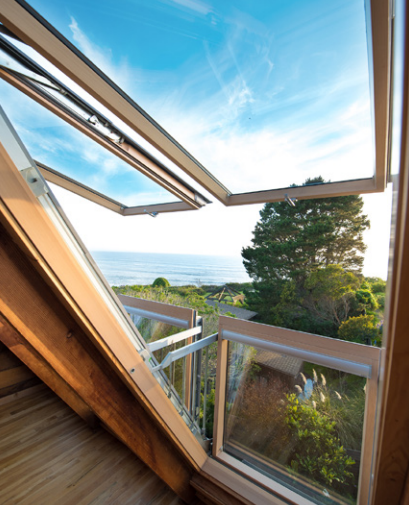If you’re thinking of converting your roof space, find out what’s involved and how much and attic conversion will cost.
In this article we cover:
- Attic conversion costs in Ireland
- Which spaces are suitable for an attic conversion
- How to measure up
- Planning permission and building control requirements
- Top tips for a successful attic conversion
Converting a roof space can be a smart choice when you want to expand the size of your home but can’t afford to move or aren’t able to build an extension – sometimes, the only way is up.
But, even if you are experienced in construction work, it’s important not to rush into this kind of project without thorough consideration.
Extending into your roof space is a lower cost solution—each storey of a house costs between 10 and 20 per cent less to construct than the storey below— and messy work is typically finished within six to 10 weeks.
[adrotate banner="58"]But it’s a complex process; the project affects two floors, and the inside of the roof space is usually an odd shape. There will also be several walls, water tanks, chimney stacks, joists and rafters to work around, and they won’t be easy to move should that be required.
Load bearing walls generally do not need to be moved, but there will be severe cost implications if they do. Most roof space conversions include the installation of at least two standard steel beams.
How much does an attic conversion cost?
Costs can vary widely, but according to Chartered Building Surveyor and Fellow of the Society of Chartered Surveyors Ireland (SCSI) Noel Larkin, a general estimate for a standard 25sqm to 30sqm attic conversion with a bedroom and ensuite, plus rooflight windows at the rear, would typically run around €25k/£21k to €26k/£22k.
“Additional expenses for carpeting and decoration, etc. – normally the homeowner’s responsibility – can add another €5k/£4k on average,” says Noel. “So, all in all, you’re looking at around €30k/£26k for a standard conversion. For a higher end finish, including features like a quality staircase and fitted wardrobes, you could be adding another €15k/£13k.”
The budget typically spans from €1,200/£1,000 per square metre for straightforward conversions to €1,800/£1,500 per square meter for a higher level finish.
Suitability
When figuring out if your house is suitable for an attic conversion, it all hinges on the attic space’s ability to handle the load of a new floor.
Houses built before the 1960s typically feature sturdy rafters and purlins (cross pieces), which can be easily relocated or replaced with steel beams by a specialist roof space conversion company. Modern houses often have prefabricated W-shaped frames called trusses running the length of the loft, which can’t support any weight. For a trussed roof space, you will need a professional engineer to complete the conversion and ensure the roof maintains its structural integrity.
The suitability assessment is the first step in deciding whether your roof space is fit for conversion. This involves evaluating three key factors: adequate headroom, robust joists and a suitable stairway.
Seeking advice from a specialist roof space conversion company, architect or engineer early on can maximise space and minimise disruption to your home.
A roof space conversion can significantly increase your home’s floor area. Conversion companies typically mention an extra 25 per cent for two storey houses and 50 per cent for bungalows. The ‘floor area’ is defined as that part of the floor where the head height is 1.5m or more.
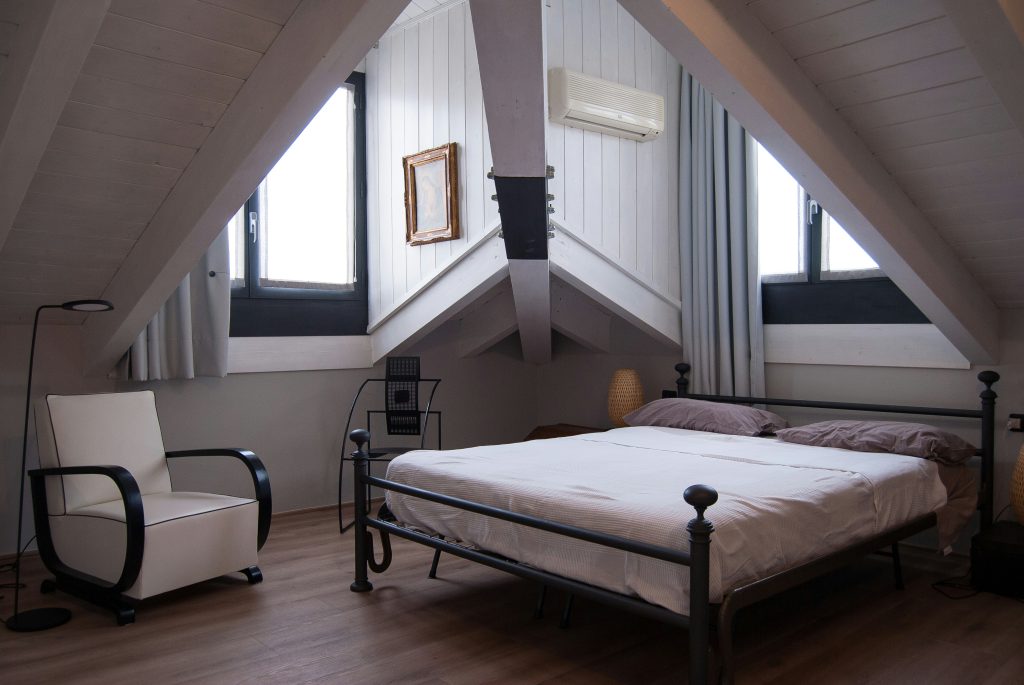
Measuring up
When you measure up the roof space for your plans, remember that new joists, floorboards and ceiling plaster will reduce headroom by up to 200mm.
Head height needs to be measured from the top of the loft floor joists to the underside of the ridge beam. Although the building regulations permit head heights of 2.2m, 2.4m is a far more comfortable height once a new floor covering has been laid and the ceiling finish has been applied.
Typically, at least two thirds of the floor area should have a minimum height of 2.45m for habitability. A dormer window loft conversion is a great way to add headroom, with its box like structure creating an easy to use space with flat ceilings and walls, but it might involve seeking planning permission or extra expenses.
DID YOU KNOW?: The floor area is defined as that part of the floor where the head height is 1.5m or more.
Lowering the ceiling height of the room below is impractical since you need ample headroom for the room to be usable. Raising the roof is expensive, involving stripping it down and rebuilding it from higher gable walls.
A more affordable option is prefabrication, with specialised companies, which mostly operate out of the UK, offering this service. The entire roof space is constructed off site, including internal walls, plumbing and the new roof. It’s then installed with a crane after cutting out the designated roof section.
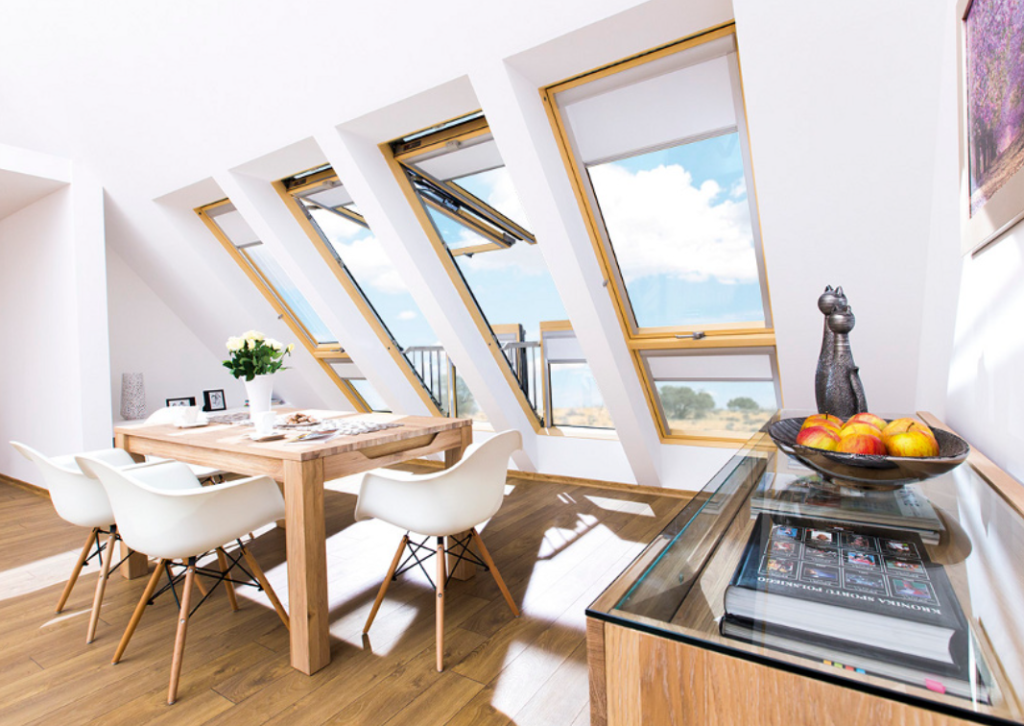
Permissions and regulations
Most attic conversions are exempt from planning permission in ROI because the ceilings are not high enough to qualify as ‘Habitable Accommodation’. However, if you plan on installing a dorme
window or installing your roof windows to the front (not rear) of your home, then you will need planning permission.
It’s a similar situation in NI for planning permission, however in NI there is a requirement to notify building control (building regulation application) for pretty much any attic conversion project, i.e. “when the intention is to provide one or more rooms in an attic”.
Your builder, architect or loft conversion specialist will help you prepare building regulations plans and structural specifications and ensure compliance to secure approval.
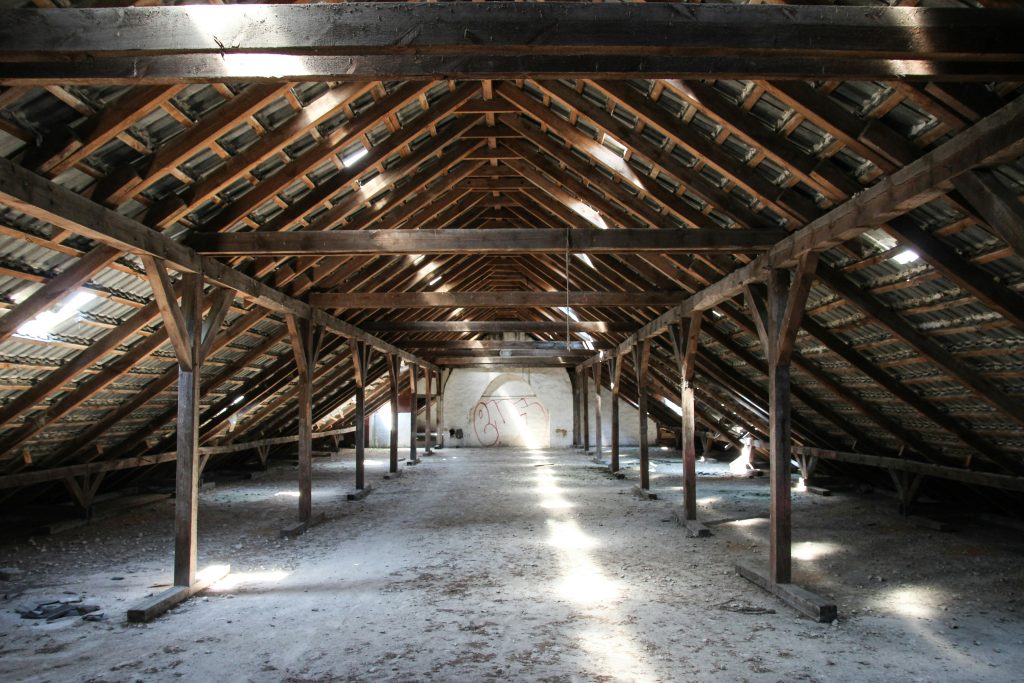
In ROI you must also follow building regulations for attic conversions, and you should also file a commencement notice tobuilding control. Remember, if it’s a small project, you must comply with building regulations.
In NI and ROI, much of the building control regulations have to do with fire safety, i.e. safe means of escape in case of fire and to ensure the fire services can access the upper storey.
In both jurisdictions the regulations stipulate several key points: new windows must be large enough for fire escape, with egress window openings required for all first floor habitable rooms. If adding a third storey, a protected stair enclosure leading to an exterior exit door is necessary. Fire safety measures include 30 minute fire protection for floor joists, fire doors, and mains powered smoke alarms on each floor.
Regulations also cover floor and beam support, soundproofing, staircase construction, wall support, window installation, bathroom plumbing and electrics, electrical standards and thermal insulation compliance.
